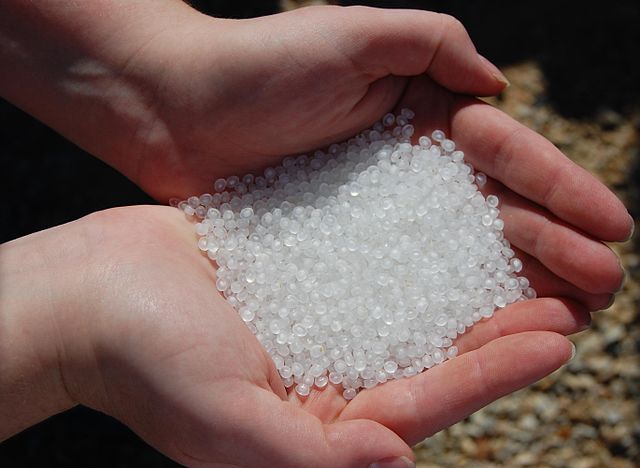Billions of microplastics particles are swirling around in the atmosphere
04/26/2021 / By Divina Ramirez

Experts consider plastic pollution as one of the most pressing environmental problems. Unfortunately, existing studies on microplastics – tiny pieces of plastic – have primarily focused on their impacts on rivers and oceans.
Now, a study led by researchers from Utah State University (USU) and Cornell University revealed that microplastics “spiral around the globe” in the atmosphere.
In fact, microplastics can linger in the air for up to a week, which is more than enough time for them to “travel” across entire continents. “The atmosphere is one of the reasons why microplastics are so widespread,” said study lead author Janice Brahney, an assistant professor of natural resources at USU.
In an interview with The Academic Times, Brahney said microplastics are practically everywhere now, which is alarming. Therefore, it is important to understand how microplastics are ending up in the atmosphere, added Brahney.
The researchers published their findings in the journal Proceedings of the National Academy of Sciences.
Vehicles driving on roads launch microplastics into the air
Previous studies have emphasized the importance of the atmosphere as a transporter of microplastics. But how microplastics are emitted into and transported across the atmosphere in the first place is unclear. To better understand how microplastics are ending up in the atmosphere, the researchers measured the fallout of plastic particles from the air due to gravity and rain at 11 sites in the western United States over a 14-month period.
Based on that data, they estimated that around 1,100 tons of microplastics were swirling in the atmosphere above the western U.S.
They were shocked at the levels of microplastics that they found, said Brahney. They found that almost none of the atmospheric microplastics came directly from plastic being discarded in cities and towns. Instead, microplastics already present in the environment were agitated by vehicles driving down roads.
In fact, they found that roads were the most dominant vector of atmospheric microplastics in the U.S. Roughly 85 percent of microplastics in the atmosphere were linked to roads. These microplastics may also include particles from tires, brake pads and plastic debris that had been run over and ground down further.
Powerful winds also helped transport microplastics across oceans and agricultural land. The researchers found that about 11 percent of atmospheric microplastics in the western U.S. came directly from sea spray.
Oceans are teeming with microplastics, so it’s possible that wind carries those particles from oceans and brings them to both air and land. Furthermore, the researchers found that agricultural soil dust accounts for five percent of atmospheric microplastics.
Moreover, they found that microplastics can remain in the atmosphere for at least one hour to 6.5 days. That upper limit is enough time for microplastics to be blown across continents. Therefore, even remote regions like Antarctica are at risk of microplastic pollution despite having no direct sources of plastic.
Overall, the study confirms that microplastics travel in the atmosphere. “This plastic is not new from this year,” said Brahney. “It’s from what we’ve already dumped into the environment over several decades.”
People are not going to give up their cars anytime soon. But individuals and the government can still take steps to reduce plastic pollution. These include improving the efficiency of plastic recycling and limiting the use of single-use plastics, such as straws, stirrers and utensils. (Related: Single-use no more: Plastic bottles can be upcycled to more durable materials.)
For future studies, scientists should gather more data from suspected microplastic sources, including roads, farmland and sea spray to fill in any gaps. This data would help improve the certainty of later research.
Visit Environ.news to learn more about the environmental impacts of microplastics.
Sources include:
Submit a correction >>
Tagged Under:
environ, environment, microplastics, plastics
This article may contain statements that reflect the opinion of the author
RECENT NEWS & ARTICLES
COPYRIGHT © 2017 ENVIRON NEWS





















